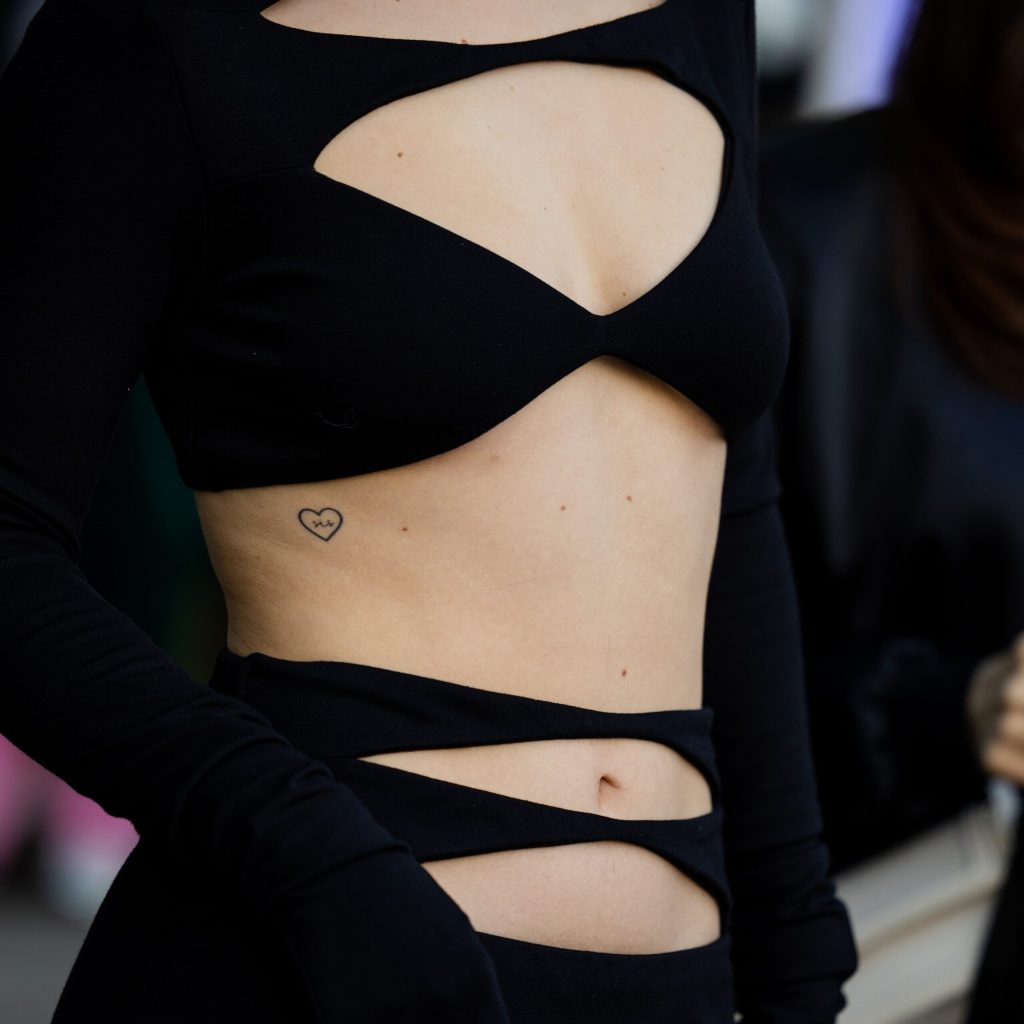So you’ve finally decided to get your first tattoo – congratulations. Your thoughts are probably consumed with what trendy design you’ll go with and the location you want to get it. There’s a lot to think about – are you going to go for a fine-line tattoo or something more traditional?
You’re choosing a piece of art to live on your body forever, so it’s understandable if you’re a little nervous and don’t know what to expect. Before you book your appointment or start reading up on the proper tattoo aftercare steps, you may be wondering: what does a tattoo feel like? Do tattoos hurt? After all, you have no idea if it’s going to hurt – or how bad.
If you’re thinking about getting a tattoo and want to learn more about what it feels like and the tattoo pain levels of different body parts (like the hand, foot, neck, stomach, and wrist, for example), keep reading.
What Does a Tattoo Feel Like?
One of the most common questions tattoo artists get from first-timers is, “What does getting a tattoo feel like?” At best, it can feel like a scratching sensation on the skin, almost akin to a sting. As the needle pierces the skin, it feels like a fresh wound is being created over and over again. And as the needle moves across your body, you may feel a pricking or vibrating sensation. Overall, how badly it hurts largely depends on the individual’s pain tolerance, as well as the location of the ink.
Different Tattoo Pain Levels
There are three factors that influence your tattoo pain level: the needle size, your pain tolerance, and the placement of the ink on your body. According to California-based tattoo artist Saem Kim of Feather & Mink, “Single needle doesn’t generally hurt – this method is usually less abrasive, more like a tingle.” So a dainty, fine-line tattoo might be a good entryway design into the world of tattooing if you’re a newbie. “A more traditional needle is multiple points hitting the skin at once,” Kim says, so this might hurt more than something tiny.
Three-to-five-needle tattoos are considered to be “fine needle” style, while traditional tattooing utilizes anywhere from seven to 20 needles. The larger number of needles creates the heavy, thick lines more recognized with tattooing.
Ahead, we break down the different pain levels of tattoos depending on location.
Tattoo Pain on Wrist
The inner wrist is a popular choice for anyone looking to get a small, delicate design. The skin on this spot is particularly delicate and soft. It may feel more uncomfortable than, say, an outer-arm tattoo, but it’s still bearable.
Tattoo Pain on Forearm and Upper Arms
The outer part of the arm, like the forearm and bicep, is a great canvas for tattoos – especially if you’re a beginner. Because it’s a combination of muscle and flesh, the feeling skews more irritating than painful. The inner part of the arm is softer but still pretty manageable in terms of discomfort.
Tattoo Pain on Hands and Fingers
Kim states that in her opinion, the most sensitive location on the body is around the fingers and the hand. Here, the skin is thinner than most areas of the body.
Tattoo Pain on Foot
Another sensitive area is the foot because there is very little muscle mass. The skin here is thinner and more sensitive than other parts of your body.
Tattoo Pain on Neck
The neck is a tolerable location to get a tattoo. Kim says the needle glides nicely over the skin, reducing the pain level. However, as you inch down your neck, any parts of the design that overlap your upper vertebrae bones can be particularly sensitive and uncomfortable.
Tattoo Pain on Ribs
Despite being an extremely popular tattoo spot, the ribs are not for the faint of heart. This area is comprised of mainly skin on bone, which can lead to amplified discomfort. Kim advises that pain may also come during the healing process because you’re forcing the fresh ink to breathe with you.
Tattoo Pain on Back
The back is a large area and the level of pain is determined by the proximity to your bones. The shoulder area, for example is pretty basic in terms of discomfort, but the closer you get to your shoulder blades, the more painful the tattoo can be. Your spine, however, is not only notoriously sensitive, but extremely bony and filled with nerves. This is not the most beginner-friendly spot.
Tattoo Pain on Legs and Ankles
The legs have fewer nerve endings than other areas of the body and contain more fat and muscle, making them a great canvas for tattoos. It’s worth noting though that discomfort can increase as you move inward due to sensitivity. “It all depends on your own pain threshold and tolerance,” Kim says.
The ankle is a different story. Considering this area has prominent bones and thin skin, it can be painful.

